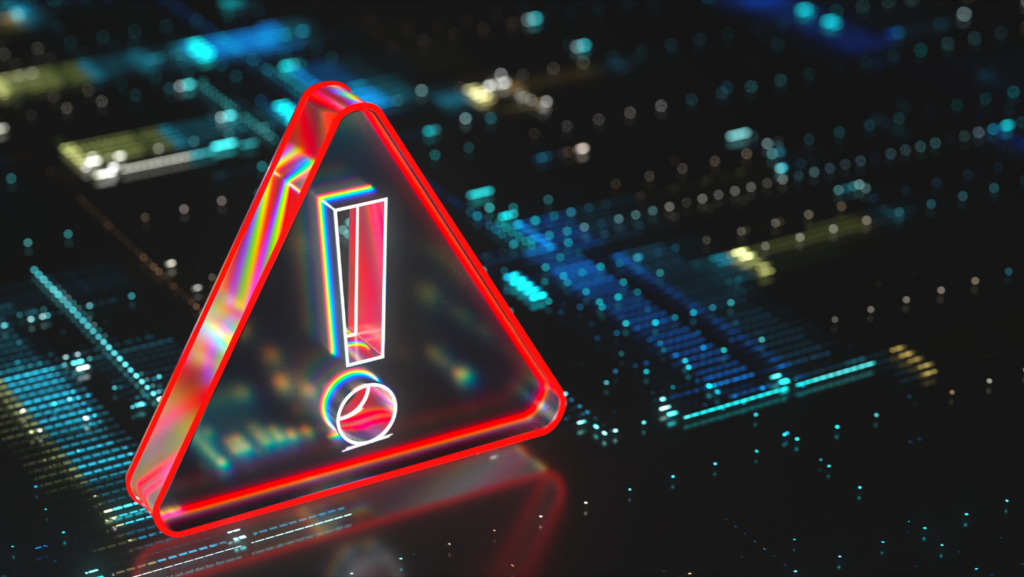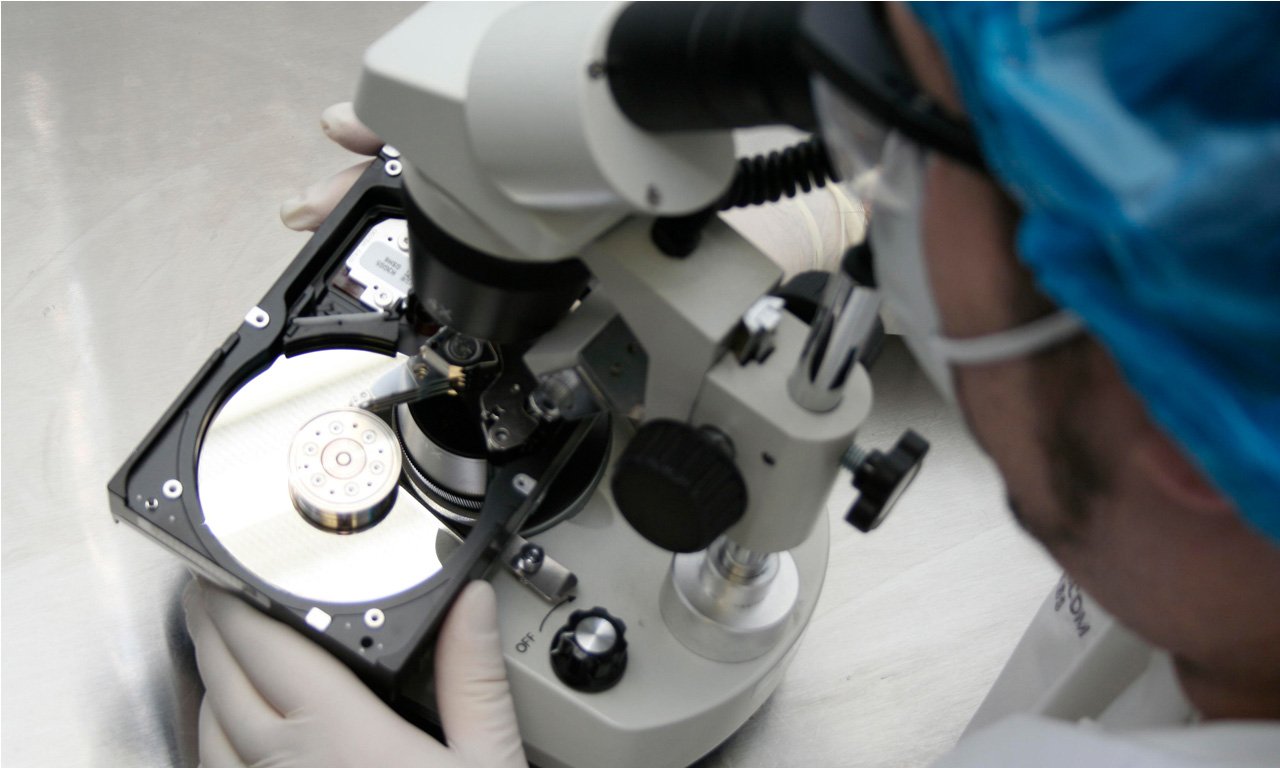Ransomware attacks severely threaten organizations, affecting their operating ability and often requiring a month or more for recovery. Understanding what happens during such an attack and knowing the necessary steps for securing your organization afterward is crucial.
Understanding Ransomware Attacks
Ransomware is malicious software that encrypts an organization’s data, rendering it inaccessible. The attackers demand a ransom for the decryption keys needed to regain access. Organizations in every sector are vulnerable, but attackers typically target businesses based on two primary factors:
- Opportunity: Companies with smaller security teams, limited IT resources, or data-rich environments.
- Potential Financial Gain: Entities requiring immediate access to their files, such as legal firms or government agencies, are more likely to pay ransoms quickly.
Attackers use various methods to gain access, including phishing, exploiting remote access vulnerabilities, compromising privileged accounts, and exploiting unpatched software vulnerabilities. Before encrypting data, attackers may steal copies to threaten with “double extortion,” where they demand a ransom to avoid data leaks.
 Understanding Ransomware Attacks
Understanding Ransomware Attacks
Immediate Actions During a Ransomware Attack
A noticeable notification will often flash on the screen when a ransomware attack occurs. Quick isolation of the infected device is essential to prevent the spread. Disconnect network and data cables and USB drives, and turn off Wi-Fi and Bluetooth connections.
Remaining calm is critical. Practicing ransomware simulations can help prepare your team for actual incidents. Here are the steps to follow:
Notify the Organization:
- Centralize all communication to avoid misinformation and confusion.
- Alert everyone in the organization to the threat.
- Direct employees to isolate suspected infected devices and reset all credentials and incredibly privileged accounts.
Identify the Ransomware:
- Use malware scanning tools or your Security Operations Centre to identify the ransomware variant.
- Document the attack details, including the date, time, file details, first signs of ransomware, affected devices, and actions taken immediately before the attack.
 Immediate Actions During a Ransomware Attack
Immediate Actions During a Ransomware Attack
Should You Pay Ransom?
Experts and federal agencies advise against paying the ransom. Statistics show that only 60% of organizations regain access to their data after payment, and even then, there is no guarantee that the data is safe. Furthermore, 18% of victims who paid still had their data exposed on the dark web.
Removing Ransomware from Devices
Removing ransomware takes more work. A complete factory reset is often required, which can result in data loss. Professional support is recommended to use appropriate decryption tools and safely restore operations.
Recovering Data from Backups
Maintaining up-to-date backups is the most effective way to recover from a ransomware attack. Follow the ‘3-2-1 rule’—keep three copies of your data in two locations, with one copy offline. Before restoring data, scan for malware and ensure backups connect only to clean devices to avoid re-infection.
Reporting the Attack
After restoring operations, report the ransomware attack to relevant authorities, such as the CISA in the US or the NCSC in the UK. This helps agencies track ransomware trends, develop remediation tools, and prevent further attacks.
 Protecting Against Future Ransomware Attacks
Protecting Against Future Ransomware Attacks
Protecting Against Future Ransomware Attacks
End-user behavior is one of the best defenses against ransomware. Regular training on security basics and continuous reinforcement is vital. Key practices include:
- Updating devices and enabling automatic updates.
- Enabling multi-factor authentication.
- Performing regular backups.
- Controlling access to devices and data.
- Activating ransomware protection features.
Conclusion
Ransomware attacks are a growing threat with significant operational impacts. Immediate isolation of infected devices, calm and coordinated communication, and professional support are critical in managing an attack. Avoid paying ransoms and rely on well-maintained backups for data recovery. Report attacks to authorities to aid in broader cybersecurity efforts. Continuous end-user training and strict security practices are essential to protect against future attacks.
Contact WeRecoverData for Expert Data Recovery Services
Every ransomware attack is unique and can vary in complexity. At WeRecoverData, we specialize in data recovery from ransomware attacks. With proprietary tools and expertise, our global labs are ready to assist 24/7. Contact us for professional support and recovery solutions.





















Great company!
I think it is the best company in the world regarding data recovery. They take all types of recovery cases with great responsibility and ensure they work with the best possible solution for your specific case. I highly recommend it.
Superb effort
Superb effort from werecoverdata. I had no idea how to fix it when I faced a horrible problem with my RAID NAS. But they solved it very quickly and superbly. I recommend them!
Fantastic results
Thanks to all staff of werecoverdata for excellent work and for getting my company data back! I got frustrated when a deadly drop damaged my hard drive. But they solved it!
Thanks
Few days ago my raid server is crashed dangerously. It was not starting any more. I tried in a various way whatever I know but I could not fix it. My uncle told me about WeRecoverdata. Then contact with them and they repaired it. Thank you guys.
Recover service
Those are suffering bad experience of getting a reliable and professional recovery service provider, definitely, they can choose werecoverdata. I highly recommend it.
Thanks a lot
The location is a bit hard to find out but eventually, I did. They recovered my hard drive, which was mostly dead. Thanks a lot.
Great response
Definitely weRecover team is great to solve that kind of hard drive problem. Great response and remarkable. They recovered my all data successfully within short time. I wanna give special thank to David. Thanks a lot man.
Liked Your Service
I have been using my HP laptop since 2016. Few months ago I could not open my laptop. After pressing the power button its showing nothing. My friend told me about that company. They recovered my laptop. Now its working perfectly. Thanks a lot WeRecoverData.
Pretty good experience
It was really pretty good experience. They are so professional, punctual and reliable. I strongly recommend it.
Remarkable Work
A lot of thanks to werecoverdata. You did really remarkable work. I was frustrated when lost my important data from a hard drive. I sent my hard drive to WRD then they got all the data back. At first, I couldn’t believe anyone can recover it since my computer tech said he can’t do it. All credit goes to werecoverdata.
Gorgeous service
Fantastic service from all the guys at werecoverdata. I was having pressure when corrupted data from my hard drive .Then I went there and they fixed it superbly.Thanks for removing the pressure!
Extremely well
I faced horrible problem but they solved it extremely well.My problem was that hard drive crashed dangerously.At this moment I thought the sky was broken on my head.Thank you for that.
Sensible
Thanks to WeRecoverData. You fixed the hard drive problem promptly. I am impressed… Anybody can rely on werecoverdata.
Well done
Thank you
Great work
Obviously great work from werecoverdata.Definitely no doubt about this company because they take seriously to solve any kinds of problem.I have lot of assurance at them.A lot of thanks to them.
Fantastic work
Oh Tom really fantastic work. You saved my important days. Raid 5 server damaged dangerously few days ago. But you fixed it well. Thank you for that!
Great efforts
All credits goes to werecoverdata for recovering raid server.I thought impossible to repair it but they was taken sensible and fixed it.Now I can fully trust on werecoverdata.All thanks to them.
Helpful Work
Werecoverdata, you did a really very helpful work.I was angry when my hard drive got dropped from my mistakes. I recommend the company and give a lot of thanks to werecoverdata.
Best service
After my hard drive crashed I was going to be totally mad. One of mu cousin suggested me to meet that company. I did and got the best service ever I had.
Remarkable Job
AWESOME service from WeRecoverData. I was almost mad when my pc crashed. A lot of valuable data in my hard drive. One of my friend recommend it. I thought it will not be possible.
But after all I got back my all data. Thank You WeRecoverData.